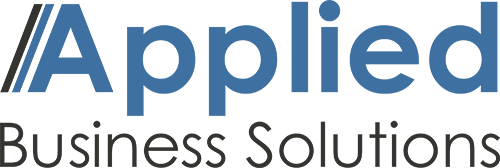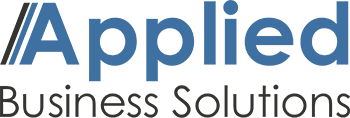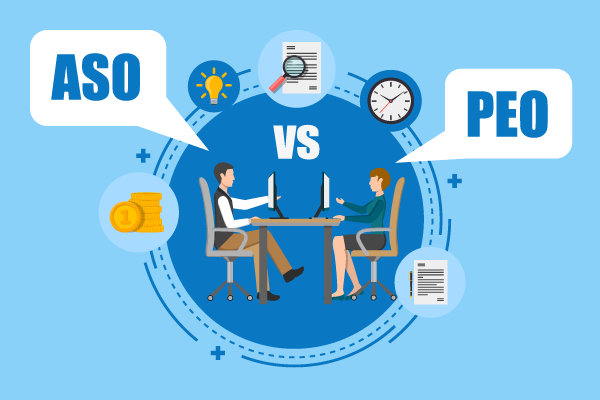Perhaps keeping up with human resources tasks has become overwhelming at your company and you’re considering outsourcing some or all of the work. If so, you may be wondering about the different types of offerings by third-party organizations as well as which one is right for your business. Two primary types of companies exist that complete human resources functions for clients. These include Professional Employer Organization (PEO) and Administrative Services Outsourcing (ASO). Some people also refer to the latter as HRO or Human Resources Outsourcing.
Understanding the Functioning of a PEO
Both types of organizations can provide expertise in human resources, assist companies in remaining compliant with federal and state regulations, and reduce cost and processing time for many common functions of the typical human resources department. The major difference is that the PEO can provide all services and act as an in-house human resources department while an HRO cannot do this.
A company utilizing a PEO retains control of the direction of the organization as well as management of its own employees. However, the client has chosen to hire a PEO to take over most, if not all, of the functioning of its human resources department. Examples of some of the duties completed by a PEO include managing payroll and employee benefits, managing workers’ compensation programs, and compiling training manuals.
Another big benefit of working with a PEO, especially for small companies, is that it can help to gain access to more affordable health insurance plans thanks to its participation in a large network of medical insurers. This enables the clients of a PEO to avoid large deposits, audits of their workers’ compensation plans, and excessive administrative requirements.
HROs Are Much Smaller
Compared to a PEO, an HRO acts more as an a-la-carte organization. That means that clients pick and choose only the services they want to outsource. While the PEO acts as more of a co-employer by bundling many of its services, the HRO offers its services on an individual basis. As the client of an HRO, you can outsource some human resources functions and keep others in-house.
Some companies decide to start working with an HRO and then discover they really need a more inclusive human resources outsourcing service that can also bundle its benefits. The HRO model also tends to be popular among large companies that have the staff and resources to handle most human resources functions internally but would still like help with a few.
When a PEO Would Suit Your Company Best
Working with a PEO can benefit businesses of any size. It’s ideal for companies that desire a turn-key solution that reduces overall administrative burden in human resources as well as limits the department’s liability. It’s also a good choice if your company currently pays too much for health insurance and workers’ compensation policies or you feel that you have limited options in these areas.
Applied PEO is here to help you make the right choice for your business. Please contact us to schedule your initial consultation today at (855) 792-2808. We’re available to answer your questions and help you learn more about how a PEO can benefit your company.
Looking for More Articles, Tips and News?
Get information about the things you actually care about: protecting your business, attracting and retaining employees and saving time so you can make money. Sign up for the Applied Business Solutions Toolbox and have them delivered right to your email inbox!







